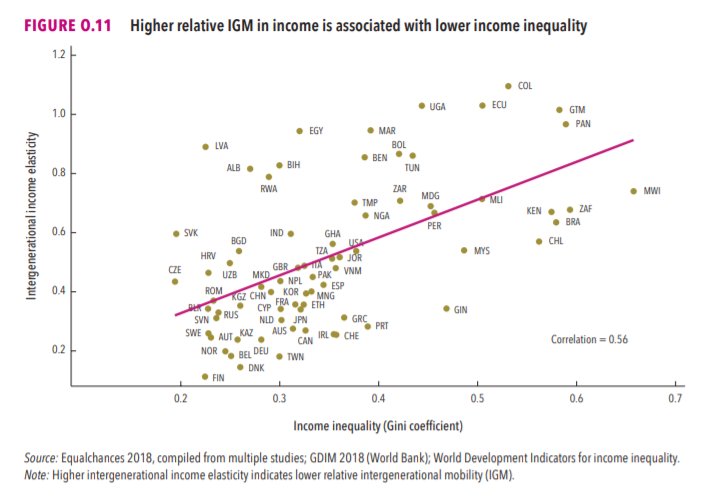- IB/Smaller Doji range is around 1%
- Beta is above 0.75
- How has the stock performed in the past with this strategy
Entry :
- Long/Short on Previous Day High/Low break
Stop Loss :
- Opposite side of previous day candle
Target :
1%, 2%, 3%
For three years I have wanted to write an article on moral panics. I have collected anecdotes and similarities between today\u2019s moral panic and those of the past - particularly the Satanic Panic of the 80s.
— Ashe Schow (@AsheSchow) September 29, 2018
This is my finished product: https://t.co/otcM1uuUDk
